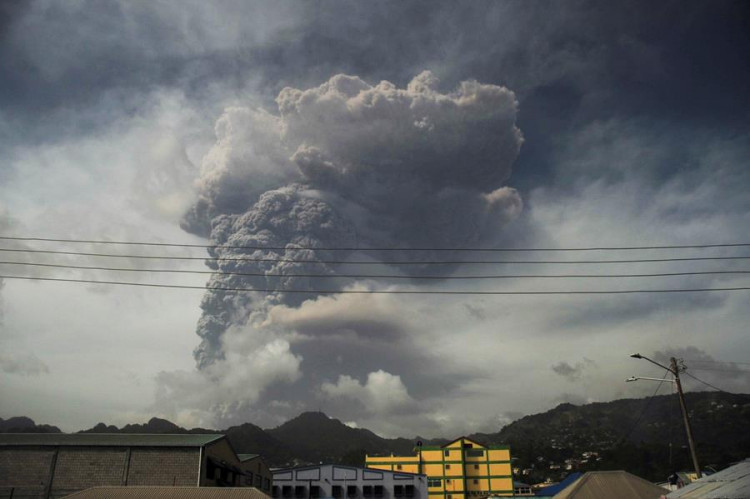A series of explosions rocked the eastern Caribbean island of St. Vincent as La Soufriere volcano erupted Friday following decades of dormancy, according to Robin George Andrews of the National Geographic on Saturday and other news outlets.
The situation on the island is extremely tense and feverish: around 20,000 to 30,000 people in the north required immediate evacuation as the volcano spewed clouds of ash miles into the air a day and forced thousands to flee for safety, The Guardian reported.
Idle since 1979, La Soufriere volcano began showing signs of activity last December, blowing out thick white clouds of smoke and hot steam and rumbling away.
That increased this week, prompting Ralph Gonsalves, Prime Minister of St. Vincent, to order an evacuation of the nearby area late Thursday. The total population of the island chain is about 100,000.
Smaller explosions continued throughout Friday, Erouscilla Joseph, chief of the University of the West Indies Seismic Research Centre, told Reuters. This type of activity could go on for weeks, if not months, Erouscilla said.
The 4,050-foot La Soufriere's biggest explosive eruption took place more than 100 years ago, claiming the lives of more than 1,600 people in 1902. The volcanic activity lasted until March 1903.
The explosions are but a portent of things to come. If the volcano's past eruptions are anything to go by, then La Soufrière is just warming up.
"We can't be sure of that because there has been one explosion, that this is it... many volcanic eruptions continue over weeks or even months, and they have different phases of activity associated with them," Jenni Barclay, a volcanologist at the University of East Anglia, said.
Four cruise ships were expected to arrive in the island on Friday to ferry evacuees to nearby islands or shelters elsewhere in St. Vincent, while a third ship is expected to reach the island in the coming days, The Guardian said.






